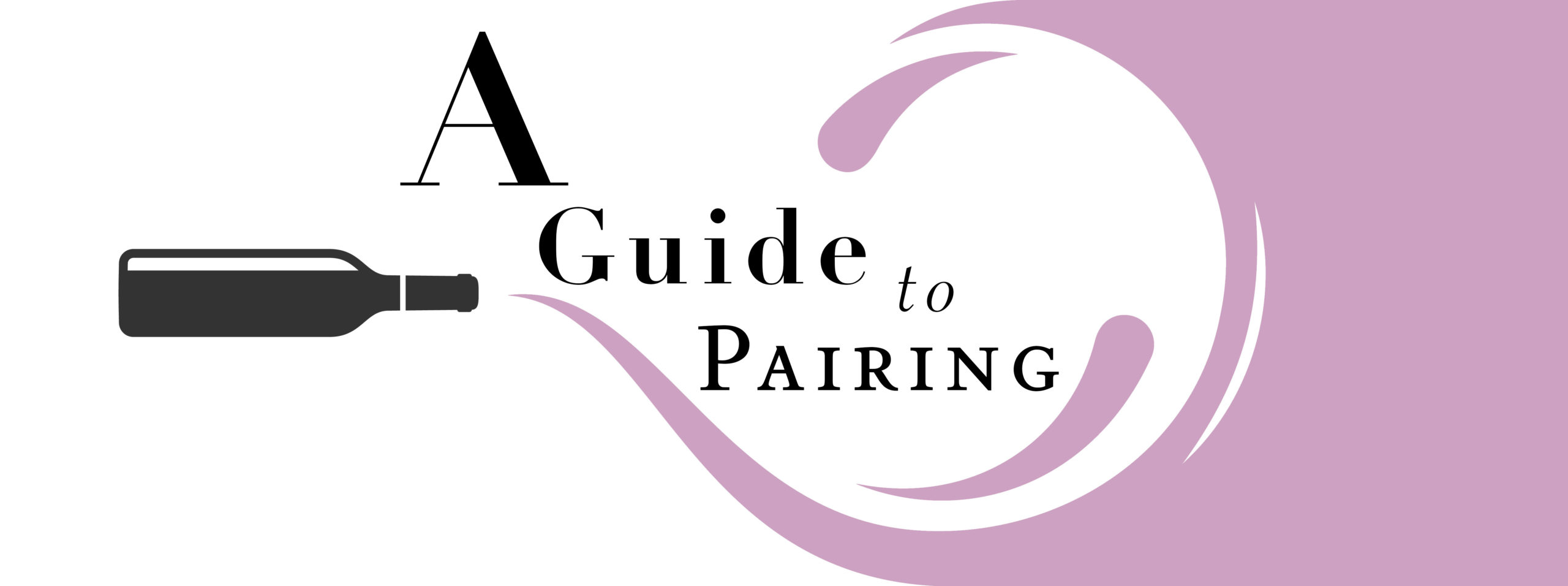Just because it’s fall doesn’t mean that you can’t drink Rosé, right? Right! And there is no more desired a Rosé than one from Provence.
A bit about Provençal Rosé:
- They can be made from an array of Southern French red grapes, but primarily Cinsault, Grenache, Syrah, or Mourvedre are used in combination as the major players
- While ‘Pale Salmon’ is the color most look for in a Rosé from Provence, color does not indicate body, flavors or style, it is only indicative of skin contact with the juice
- Some areas of Provence can use grapes for their Rosé that are so ancient, they are planted no where else in the world, and if the crop fully dies, it will probably go extinct forever
- Even the premier status Rosé wines need to be drank young, regardless of price, you’re fighting Father Time; you may have 3 years from vintage at most to best experience the wine
Ok, let’s talk food (think like a chef):
Provençal Rosé is known for strawberry, cherry, sometimes raspberry fruit undertoning excellent minerality and wrapped in a bouquet of garden herbs and sometimes a touch briney (from the region’s oceanic influences).
Lighter in style due to minimal skin contact, and higher in acidity than red wines made from the same array of grapes, Provençal Rose makes a great aperitif, an excellent food wine, and is quite enjoyable, frankly, all on its own.
Compare AND contrast:
As always, easy stuff first, comparable flavors. Any fresh fruit that has the flavors exhibited by your Rosé are excellent with it, and the fruit accompanied by a little whipped cream is great too.
Salads are great for Rose, especially those with a bit of fruit in the salad (think: arugula with strawberries and a bit of goat cheese for example). And using a fruit dressing like a raspberry vinaigrette can work very well too.
As we mentioned before, Rosé from provence can have a briny quality to it, which is great for all sorts of preparations of shellfish – from garlic buttery herbed clams to raw oysters on the half shell, to fried shrimp – you name it from the sea, there’s a Rosé for that.
Chicken in herbs of any kind is another great pairing for comparable flavors, something to really accentuate the herbed aspect of Provençal Rosé.
Contrasting flavors are another place where Rosé shines. With the impending holiday season, much like Pinot Noir, Rosé is great for turkey due to the wine’s bright acidity, fruit flavors, accentuating herbs, and lack of tannin, which allows the bird to handle that part of the experience, while the wine cuts through the rich fats of buttery mashed potatoes, stuffing, and rich gravy. A great choice for a holiday feast for those who prefer to not drink red, and don’t want to go full butter bomb with a Chardonnay.
Get weird:
Provençal Rosé & Barbecue? Yes, and yes. Especially barbecue with some sort of sauce component. Something about the palate cleansing part of Rosé and the herbaceousness that just works with some good old bbq. Freshens up the smoked flavors, cuts through the fats nicely. Might be the last thing you’d think works together, but it really works. Try it on for size.
And if you don’t want to splurge on Champagne for a weird pairing, the lesser expensive Provençal Rosé also goes perfectly with fried chicken.
So there you have it, our guide for pairing Provençal Rosé.
How about you though? For our other guests, please feel free to share your pairing suggestions for Provençal Rosé in the comments below.
Cheers!

